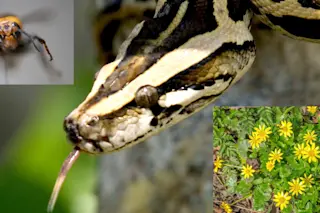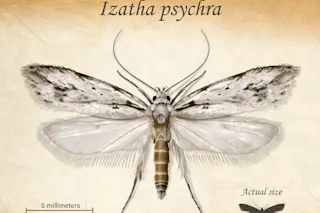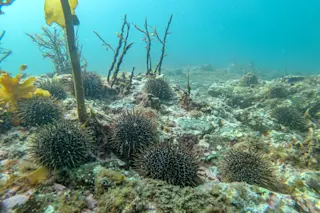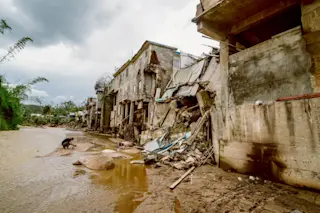You may not spend much time contemplating the benefits bestowed on the planet by Papua New Guinea's vast tropical rain forest -- in fact, you may be only vaguely aware of the island nation's existence. But it's down there in the Pacific Ocean, just above Australia, quietly hosting an estimated 6 percent of the world's species in an area that accounts for less than .5 percent of the Earth's land. Now, a thoroughly alarming study shows that 15 percent of the rain forest had been cleared by 2002. Researchers say that if deforestation continues at the present rate, half of the forest could vanish by 2021. And if the trees go, so will many of the unique species found in this biodiversity hotspot. Researchers studied recent satellite images of the forest and compared them to maps dating back to 1972, giving them an in-depth look at where the tree canopy ...
Papua New Guinea’s Forests Falling Fast
Explore the critical state of the Papua New Guinea rainforest, a biodiversity hotspot facing rapid deforestation challenges.
More on Discover
Stay Curious
SubscribeTo The Magazine
Save up to 40% off the cover price when you subscribe to Discover magazine.
Subscribe













